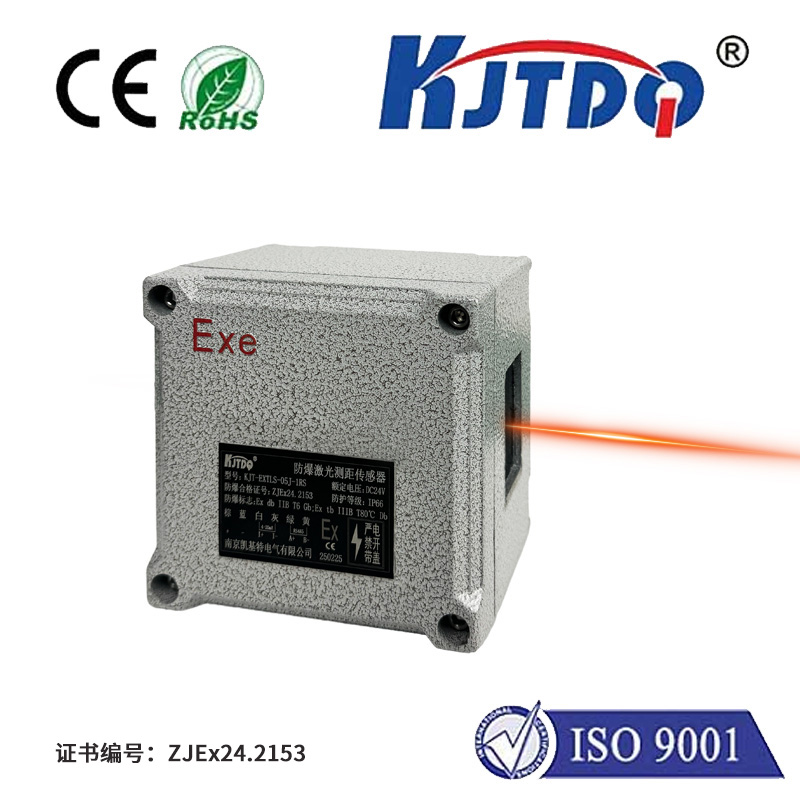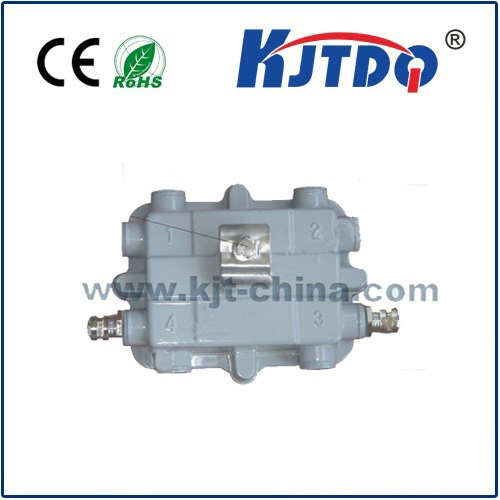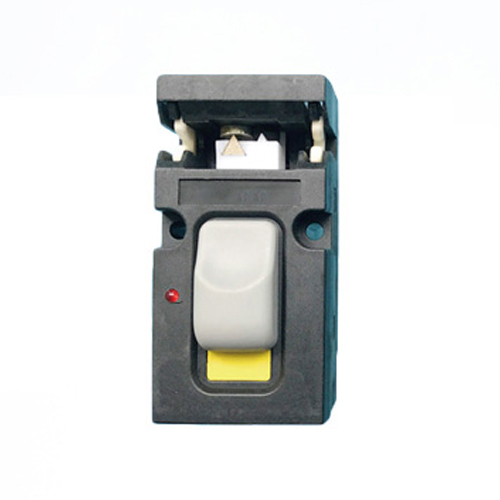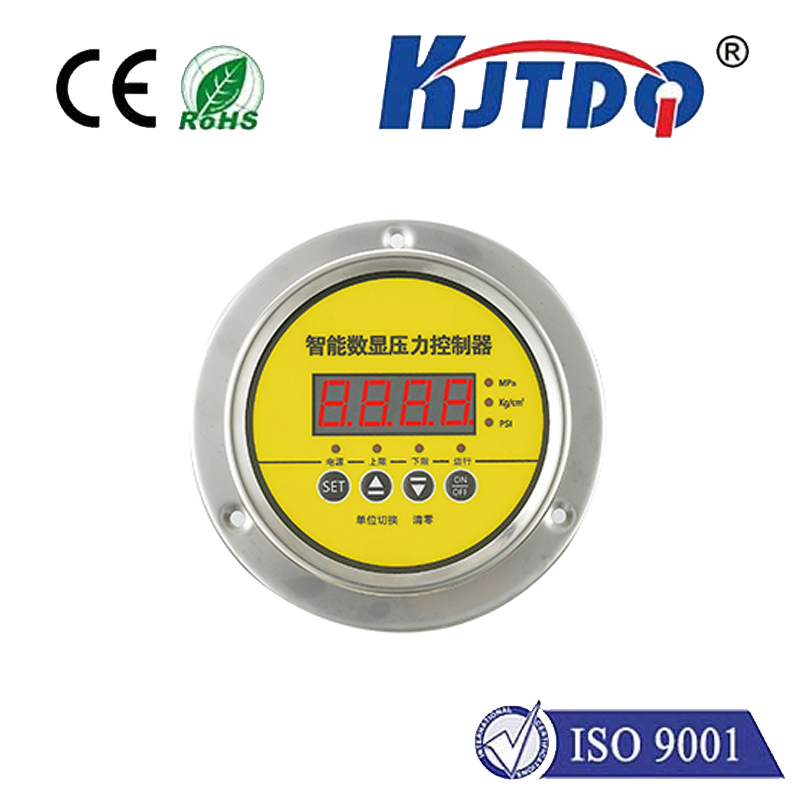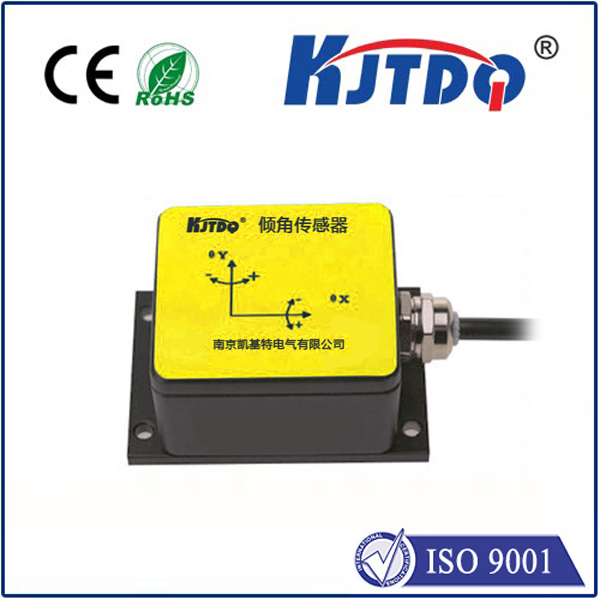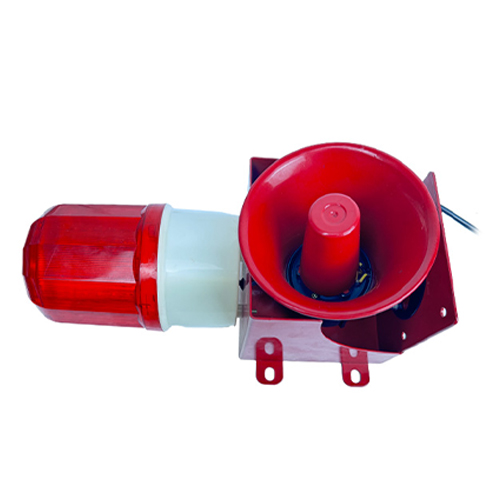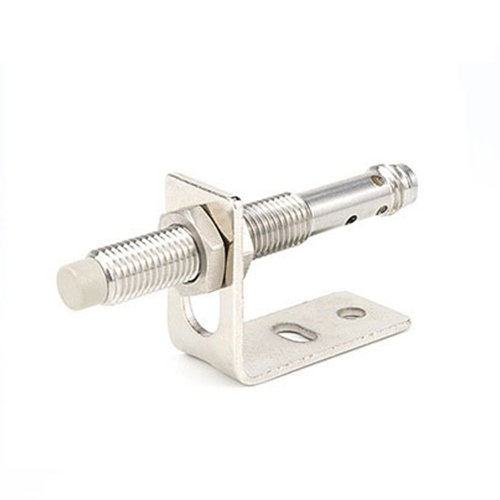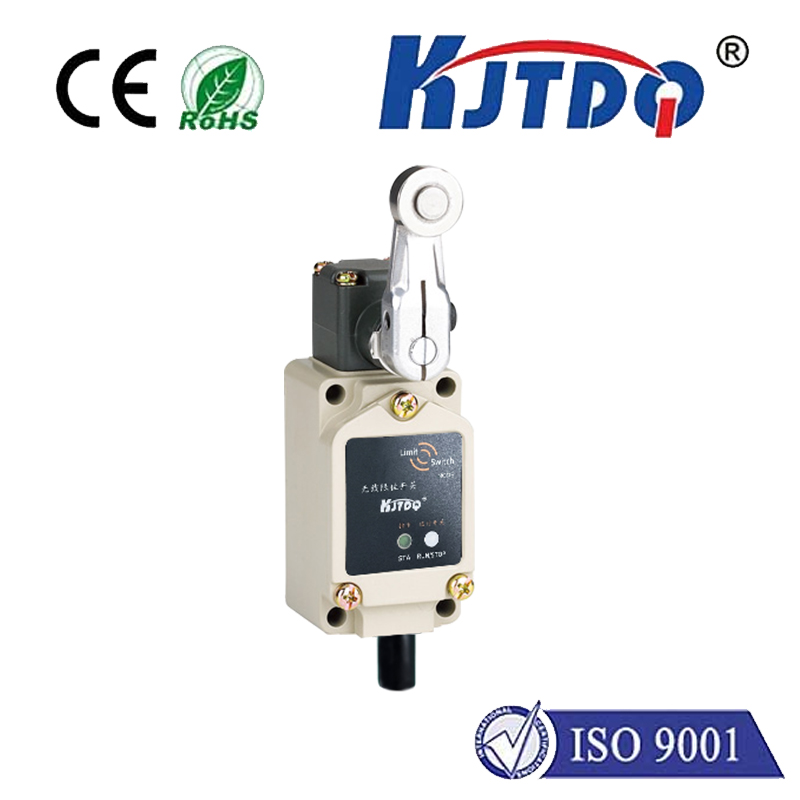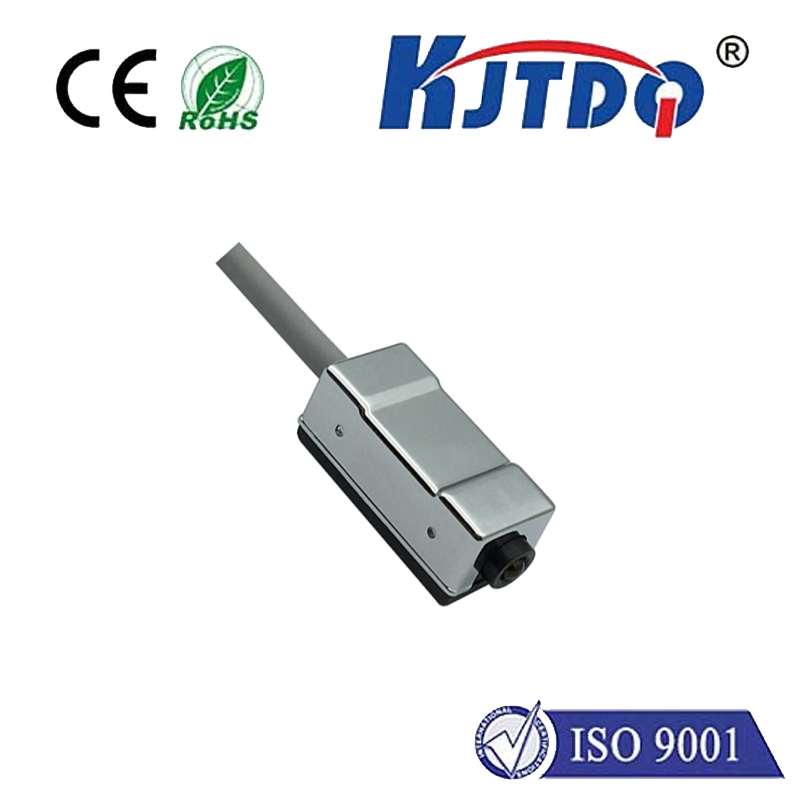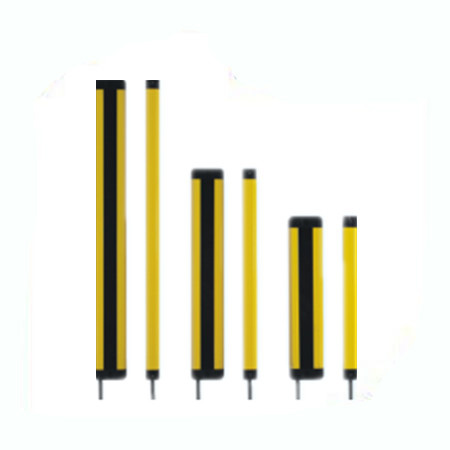laser temperature sensor
- time:2025-09-08 14:04:04
- Click:0
Laser Temperature Sensors: Non-Contact Precision for Demanding Applications
Imagine a high-speed machining operation where metal shavings fly, temperatures soar, and any physical contact with the workpiece is impossible. Or picture a delicate semiconductor wafer, sensitive to contamination and pressure. How do you measure temperature accurately in these scenarios? Enter the laser temperature sensor – a sophisticated solution designed for precision non-contact temperature measurement where traditional probes simply cannot tread.
While Infrared (IR) thermometers are the most recognized form of non-contact temperature sensing, laser temperature sensors represent a specialized and technologically advanced subset. They harness the unique properties of light to deliver highly specific and accurate readings, overcoming limitations faced by conventional sensors.
The Core Principle: Laser Light and Spectral Selectivity
At the heart of a laser temperature sensor lies a fundamental principle: all objects above absolute zero (-273.15°C) emit electromagnetic radiation, primarily in the infrared spectrum. The intensity and wavelength distribution of this radiation correlate directly with the object’s surface temperature. This is the bedrock of infrared thermometry.

Where laser sensors excel is in their spectral selectivity. Instead of measuring the broadband IR radiation emitted across a wide range of wavelengths like standard IR thermometers, laser temperature sensors employ a highly focused laser light source. This laser doesn’t primarily heat the target; rather, it’s tuned to a specific wavelength or interacts with the target material in a way that provides precise thermal information.
- Laser Absorption Spectroscopy: Some advanced laser sensors utilize tunable diode lasers. They emit a laser beam at a wavelength specifically absorbed by a particular molecule in the gas above or surrounding the target (like water vapor or oxygen). The amount of laser light absorbed depends on the gas temperature. By detecting the absorption, the sensor precisely determines the gas temperature near the surface, which correlates strongly with the surface temperature itself. This is particularly powerful for combustion processes and atmospheric monitoring in situ.
- Enhanced Spot Definition & Overcoming Emissivity Issues: More commonly, the term “laser temperature sensor” refers to highly precise pyrometers that use a collimated laser beam purely for targeting and sighting. The laser visually indicates the exact spot on the target the sensor is measuring. Crucially, many high-end models use very narrow spectral bands (specific wavelengths of infrared light) for measurement. Selecting a wavelength where the target material has high and stable emissivity significantly improves accuracy. Emissivity, the efficiency with which a surface emits thermal radiation compared to a perfect blackbody, is a critical factor in IR temperature measurement accuracy. Laser-targeted sensors using specific wavelengths can be calibrated for difficult-to-measure surfaces (like shiny metals) more effectively than broadband sensors.
Key Advantages Driving Adoption
Why choose a laser temperature sensor over other methods? Their unique attributes solve critical industrial challenges:
- High Spatial Resolution: The tightly focused laser ensures the sensor measures temperature from a very specific, small spot on the target. This is vital for small components, thin wires, or specific areas on a larger surface.
- True Non-Contact Operation: Physical contact is completely eliminated. This prevents sensor damage in harsh environments (high voltage, corrosive atmospheres, moving parts) and avoids altering the temperature of the target itself – crucial for delicate or low-mass objects.
- High Accuracy and Speed: Modern laser sensors offer exceptional accuracy (±1°C or better is achievable in controlled scenarios) and incredibly fast response times (milliseconds). This is essential for monitoring rapidly changing processes like semiconductor annealing or laser welding.
- Overcoming Surface Finish Challenges: By using carefully selected spectral bands, laser pyrometers can achieve reliable measurements on surfaces with low, variable, or unknown emissivity (e.g., polished metals, alloys) much more effectively than standard IR thermometers.
- Distant or Inaccessible Targets: Laser targeting allows precise measurement of objects located several meters away, behind safety barriers, or in otherwise inaccessible locations, like inside a vacuum chamber or furnace.
- No Wear and Tear: With no moving parts physically interacting with hot surfaces, laser sensors offer long service life and minimal maintenance requirements in demanding industrial settings.
Where Laser Temperature Sensors Shine: Key Applications
The precision and non-contact nature of laser temperature sensors make them indispensable across numerous industries:
- Semiconductor Manufacturing: Monitoring wafer temperature during deposition, etching, annealing, and rapid thermal processing (RTP) where contamination is unacceptable and temperature gradients are critical.
- Advanced Materials Processing: Controlling temperature in laser welding, cutting, additive manufacturing (3D printing), and heat treatment of metals and composites. Preventing warping and ensuring material integrity.
- Metals & Glass Production: Continuous temperature monitoring of molten metal in furnaces, tundishes, and during casting. Measuring float glass ribbon temperatures.
- Automotive & Aerospace: Testing engine components, exhaust systems, turbine blades, and brakes under extreme conditions without instrument interference.
- Research & Development: Studying combustion dynamics (flame temperature), plasma processes, and materials science experiments requiring pinpoint temperature data without physical probes.
- HVAC and Energy: Measuring duct temperatures, monitoring heat exchanger performance, and assessing insulation efficiency in hard-to-reach areas.
Selecting the Right Laser Temperature Sensor: Key Considerations
Implementing laser thermometry successfully requires careful selection based on the specific application:
- Temperature Range: Match the sensor to the target’s expected temperature.
- Target Size & Distance: Ensure the sensor’s spot size is appropriate for the target at the required working distance (optical resolution).
- Spectral Response: Choose the optimal wavelength(s) for the target material’s emissivity characteristics.
- Emissivity Settings & Compensation: Understand your target’s emissivity and ensure the sensor allows for accurate setting or has advanced algorithms for compensation. This is paramount for accuracy.
- Response Time: How quickly does the temperature change? Ensure the sensor is fast enough.
- Environmental Conditions: Consider ambient temperature, dust, smoke, steam, vibration, and electromagnetic interference. Protective housings or purging may be needed.
- Output & Connectivity: Ensure the sensor provides compatible output signals (4-20mA, 0-10V, digital protocols) for integration into control systems or data loggers.
Laser temperature sensors push the boundaries of non-contact thermometry, delivering the precision, speed, and reliability required by the most demanding modern industrial and scientific processes. By leveraging the focused power of light and sophisticated spectral analysis, they provide critical temperature data where other sensors fall short, enabling better control, improved product quality, enhanced safety, and greater process efficiency. From the controlled chaos of an aluminum foundry to the pristine environment of a cleanroom, the focused beam of a laser temperature sensor offers a window into the thermal world that was previously inaccessible.






